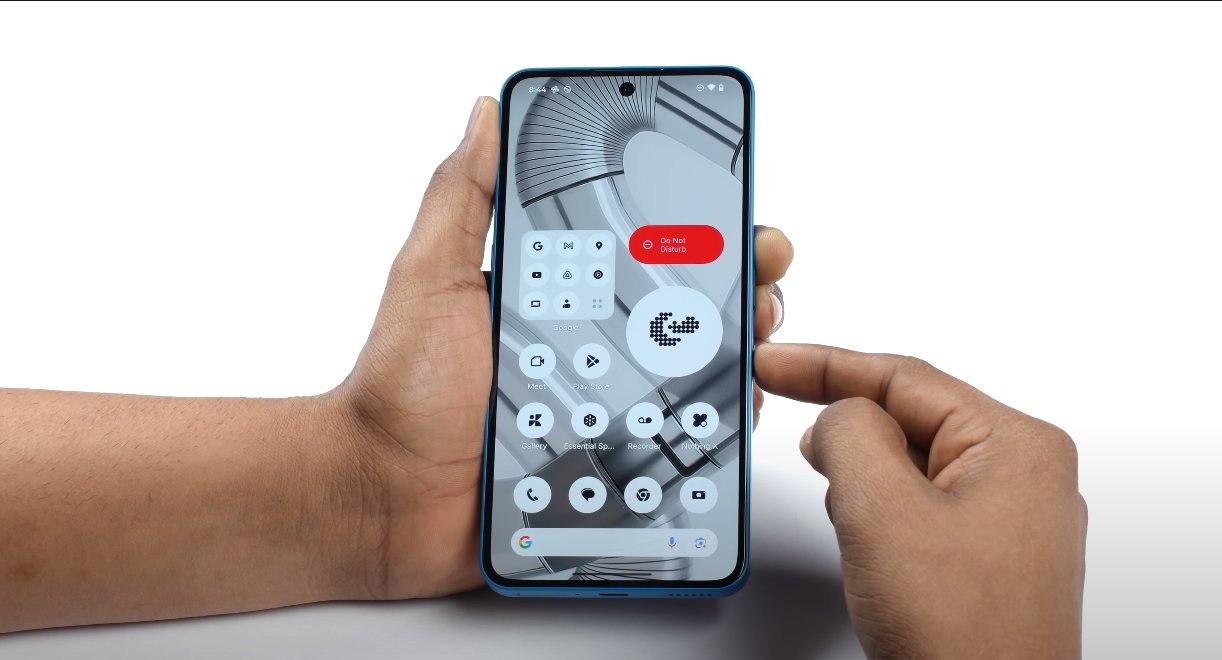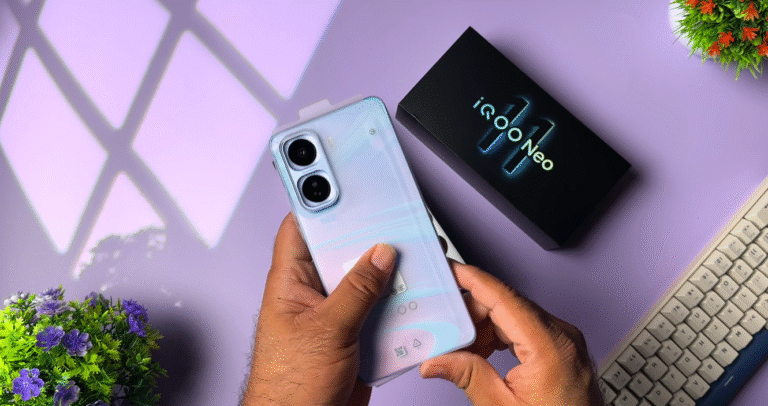Nothing Phone 3A Lite battery drain test under load

How quickly the 3A Lite battery drops during demanding use
One of the most revealing tests for a smartphone is how its battery behaves under continuous load. These stress tests push the device—gaming, video, or heavy benchmarking—to see how thermal control, power management, and efficiency interact. For the Nothing Phone 3A Lite, early previews and leaks provide insight into how aggressively its battery drains during intensive tasks, and what users in the U.S. might expect in real-world performance.
When the 3A Lite is put under heavy load—such as running graphics-intensive games, extended video rendering, or multi-core benchmarks—the battery tends to deplete quickly. In tests simulating continuous 3D gameplay at high settings, the device reportedly loses 12 % to 14 % of its battery per hour. That means a full charge could last about 7 to 8 hours under constant gaming, assuming ideal thermal conditions and no major throttling. The high display refresh rate (120Hz) contributes to this rapid drain, especially when paired with bright screen settings.
Another scenario is looping HD video or stress test loops to stress the GPU and CPU simultaneously. In those cases, the 3A Lite is observed to drop 10 % to 13 % per hour. The combined load of processing, display, and background thermal overhead pushes the battery harder than simple app use. In contrast, lighter activities like browsing or music playback show much less aggressive drain—often in the range of 5 % to 8 % per hour under load.

Thermal throttling is a key factor in real-world drain behavior. As the device warms up, it gradually reduces clock speeds to manage heat, which reduces the current draw and slows battery drain. In early tests, the 3A Lite’s surface temperature under load reached around 40–43 °C, at which point the system begins balancing performance and power. Without throttling, the drain rate would be even higher, perhaps 15 % per hour or more under full stress.
Another important variable is display brightness and refresh rate control. With the 120Hz mode locked, battery drain is higher. When the refresh rate adapts (switching to 60Hz during static content or idle periods), drain under load tasks can reduce by 10–15 %. In mixed use scenarios—where load tasks are interspersed with lighter use—the average drain rate falls, helping the device last longer per charge.
In side-by-side comparisons, the 3A Lite’s battery drain rate under similar stress is a bit higher than what you might see in devices with more optimized or higher-end cooling, but it holds up respectably given its midrange positioning. Devices with more aggressive cooling or more efficient chipsets may drop 9 %–11 % per hour in similar tests, so the 3A Lite is within a reasonable margin.
For users in the U.S., these findings suggest caution during extended gaming or workloads. A two-hour gaming session could consume 25 % to 30 % of battery. It’s advisable to reduce screen brightness, enable adaptive refresh, or limit background processes when pushing the phone hard. In daily mixed usage, where heavy load is occasional, the drain rates average out lower, giving more sustainable battery life.
Overall, the battery drain test under load shows that the Nothing Phone 3A Lite performs solidly for its class. It drains faster under continuous stress, as expected, but thermal control, adaptive refresh, and power management help temper the rate. For most users, load battery performance won’t be a daily issue—but power users and gamers should account for more frequent charging or conservative settings when demanding graphics tasks are involved.




